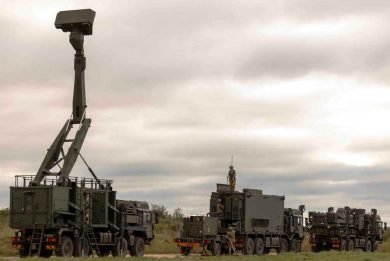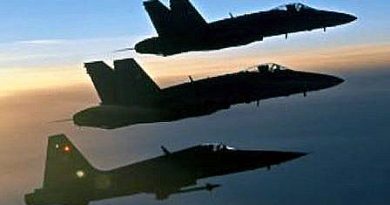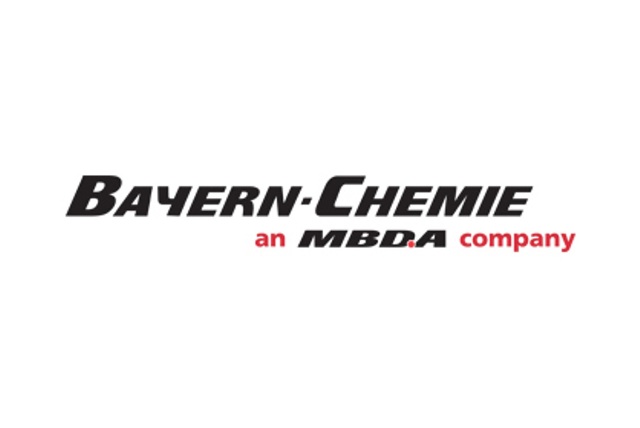
Bayern-Chemie, part of MBDA, fully involved in technology developments to answer future requirements
Based in Bavaria, not far from Munich, Bayern-Chemie is part of MBDA and is the specialist in missile propulsion, its laboratories working full steam to develop technologies and materials that will be able to cope with the increasing requirements of high-end guided weapons
Founded in 1969 through the merger of part of the Messerschmitt-Bölkow-Blohm (MBB) activities with those of the Westfälisch-Anhaltische Sprengstoff-Actien-Gesellschaft WASAG), Bayern-Chemie became a global player in missile and space propulsion, over 30,000 systems having been delivered to more than 20 countries. The company, which is located on former MBB site in Achau am Inn, some 80 km east of Munich, of which it owns 36 ha. In 2008 it became part of MBDA Germany and today, with a 220 employees workforce, is a key element within the MBDA group.
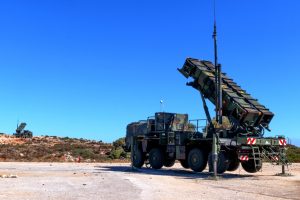
One of its first products had nothing to do with defence, as it developed the airbag, this business being subsequently sold. In 1981 it carried out the first test on Ramjet, and following the selection of the Patriot air defence system by the Bundeswehr, from 1987 to 1996 it produced over 2,300 solid fuel rocket motors for that missile. Each motor contained around 500 kg of propellant, Bayern-Chemie being also responsible for the integration of the motor with the igniter and the nozzle section in the steel casing.
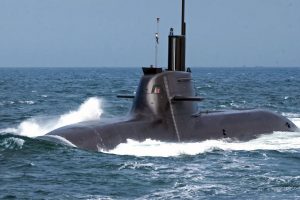
In 1995 it developed the ResusSolid, a submarine emergency surfacing system in which an inert gas generator replace the highly toxic hydrazine systems used at the time. EDR On-Line understood the ResusSolid contains around 160 kg of propellant, most of its modules being located in the bow section, while only a few are fitted at the rear. Over 200 such systems were installed on U212 and U214 boats.
Between 1990 and 2003 the company worked on a hypersonic missile demonstrator known as HFK (Hochgeschwindigkeitsflugkorper, high velocity missile) the intention being to develop an air defence missile of that type. The work done at that time allows Bayern-Chemie to be fully involved in today hypersonic projects.
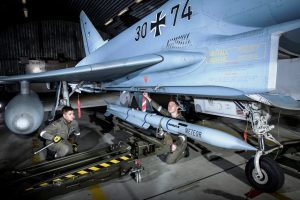
The most successful development for the Achau-based company is the Meteor, the beyond-visual-range air-to-air missile developed by a team of European players including MBDA, which is the leading company. The missile success is mostly based on its propulsion system, the Ramjet developed between 2001 and 2012 by Bayern-Chemie and in full serial production by the company since 2012.
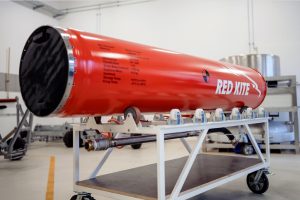
In 2013 the company entered the space business, and now it is proposing its Red Kite two-stage rocket capable to reach altitudes up to 260 km, allowing the conduct of experiments in weightlessness and for altitude and atmospheric research. The rocket engine developed for this system contains over 900 kg of propellant, nearly the double of the Patriot motor, the company having also developed the casing with a specially developed steel, as well as the complete nozzle section. This brings Bayern-Chemie in the world of bigger rocket motors, which might well become of use also in military programmes.
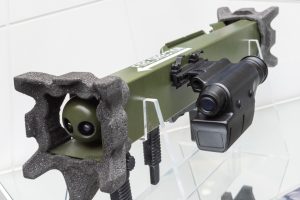
Last but not least the company developed the ejection and cruise motors of the Enforcer fire-and-forget infantry light missile, using smokeless solid propellant to avoid the launch emplacement being seen by the opponent, the solution adopted also allowing the missile to be fired from enclosed spaces possible.
But Bayern-Chemie is looking at the future, and Dr. Guido Kurth, the company Technical Director and Head Operations illustrated the technology base that will allow the company to move towards new projects. “At Bayern-Chemie we deal with two main types of motors, solid propellant rocket motors and throttleable ducted motors, better known as Ramjets,” he points out in his introduction.
Detailing solid propellant motors, customers’ requirements usually ask for a certain thrust ad burn time, in order to reach a certain distance in a given time. “For example, there might be the need for a very fast acceleration in the initial phase, followed by a second phase where the velocity must be maintained for a certain time,” Dr. Kurth explained, adding that these parameters can be influenced by the type of burner as well as by the propellant grain configuration. “Sometimes we can combine different categories of propelled shaping to achieve a certain thrust profile,” he added. For example boost sustain motor is made shaped in order to achieve a very high initial thrust , followed by a longer time lower thrust for the sustained flight phase. Another option is having a split thrust sequencing, EDR On-Line understood; here the first part of the motor accelerates the missile, which then flies ballistically for a certain time, and then a second part of the motor is ignited, accelerate the missile towards the target, allowing achieving a higher kinematic distance as well as high manoeuvrability during the final flight phase.
In the early 1990s the company developed a hypervelocity motor; “this was intended to provide a very high thrust in a very short time and fly the missile at a very limited range, approximately 3 km, as it was intended to be an anti tank weapon.” However the fall of the Iron Curtain in 1989 and the following disbanding of the Warsaw Pact put an end to that programme.
Beside the capability to provide the client with custom-designed solid propellant motors in terms of thrust profile, with double-pulse propelling systems being quite unique in Europe according to Dr. Kurth, he also highlights the flexibility of Bayern-Chemie in terms of motors dimensions,. Currently the smallest one is that of the Enforcer light missile, developed and produced by MBDA Germany, which contains around 1 kg of propellant, up to that of the Red Kite, with nearly 1,000 kg.
As for Ramjets, Bayern-Chemie is currently capable to produce systems with speeds ranging from Mach 1.9 to Mach 5 with a thrust variation from 1 to over 10, the exact number being classified.
Of course the Aachau-based company is looking forward to further improve its propulsion solutions, and Dr. Guido Kurth is at the heart of these developments.
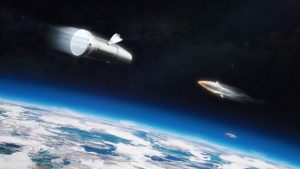
“First of all we are looking at new applications of those motors, for example to surface-to-surface or air-to-ground missiles for fire support, or ground-to-air missiles that might be able to cope with hypersonic threats, and this is being done by Bayern-Chemie on a self-funding base in order to show potential customers what might be possible to have in the future.”
He underlined that currently Bayern-Chemie has the capability to develop and manufacture complete Ramjet propulsion systems for supersonic applications, in a speed range between Mach 1.9 and Mach 5, varying the thrust of one order of magnitude, as well as orienting the thrust itself. “And this is very important because it allows us to provide a very high agility up to the end game,” he stated, as the Ramjet ensures a sustained flight providing thrust along the whole mission. This means the capacity to manufacture a comparatively small air-to-ground or surface-to-surface system with a 600 kilometres range maintaining end game manoeuvrability.
“The engineering capabilities that lie behind this technologies include the continuous search for new material, to answer ever increasing requirements. We need to find lighter materials as well as materials able to withstand very higher temperatures, combustion temperatures being extremely high, something around 2,300 °C,” the company Technical Director explains.
Other characteristics are also required from those materials. “We are also confronted with the need to cope with exotic geometries, which require ultra thin materials with certain material characteristics that were not available far. We are therefore also looking for manufacturing methodologies, like additive layer manufacturing, which are able to generate extremely complicated geometries complying with extremely challenging mass requirements,” Dr. Kurth said, adding that with those methods mass can be significantly reduced while realising geometries that cannot be obtained through other manufacturing methods.
Another key issue is having the capacity to produce items that can withstand very high temperatures but that can also be welded and can withstand high mechanical loads. Bayern-Chemie is also continuously improving its capabilities in the field of Carbon Fibre Reinforced Plastics (CFRP) and Ceramic Multi Composites (CMC), as well as in Additive Layer Manufacturing (ALM) and Wire Arc Additive Manufacturing (WAAM).
File photos courtesy Bundeswehr, MBDA, thyssenkrupp Marine Systems


